When you want water, what do you do? Chances are you walk to your kitchen and turn on your faucet. What if you didn’t have a faucet, or what if when you turned your faucet on, nothing came out? You’d have to walk for water. This is the reality for lots of people in the world. In the developing world, people walk an average of 6.2 miles to get to a water source. This burden usually falls on women and children.
So you have to walk for water. What does this mean?
- It’s heavy. One gallon of water weighs 8.34 pounds. That means that a 5 gallon container of water (a pretty modest volume if you remember that the average American uses 80+ gallons of water daily) weighs more than 40 pounds. A woman walking several miles every day with 40 pounds of water strapped to her back, her side, or sitting on top of her head can do severe damage to her skeletal structure. This is especially true if she is carrying water at a young age while her body is still developing.
- It’s risky. A woman or child walking alone lugging 40 pounds of water is vulnerable to being harassed, attacked, robbed, kidnapped, raped, or killed.
- There’s an opportunity cost. A woman or child might spend up to three hours daily carrying water. For those three hours, she is not taking care of her family, going to school, or doing anything else.
What is the solution?
Here’s one: the WaterBall, one of the tools in WaterStep’s tool box. And it’s really basic. The WaterBall is simply a plastic sphere with a cap and a handle to push it. It can hold 12-25 gallons of water depending on the size of the sphere.
How does it work? Very simply. Using the handle you push the WaterBall to a safe water source, fill it up, and take it home.
The WaterBall replaces buckets, Jerrycans, and other containers for carrying water. What does this mean?
- Less strain. There is less direct weight on the body, which reduces the chance of permanent skeletal damage from carrying heavy loads of water.
- More water. Because of the design you can carry more water in one trip. More than 100 pounds.
- More time. Carrying more water in one trip means less time carrying water, so you have more time to do other things like go to school, take care of a family, start a business, and improve your quality of life.
So why I am talking about the WaterBall? The WaterBall is a great example of how simple design and innovative engineering can help solve the world’s biggest problem: sustainable access to a safe water source.
Currently, the WaterBall is still in development. WaterStep, with the help of volunteer engineers from General Electric, has designed, tested, and deployed water balls in Haiti. But we want to do more.
We want to put 300 more WaterBalls into the field.
Next week WaterStep kicks off its campaign to raise $50,000 for the final design, manufacturing, assembly, and shipping of 300 WaterBalls. This, frankly, is going to take the support of a lot of folks. And I hope that if you’ve read this far, your curiosity is piqued and you’re interested in supporting WaterStep’s goal to put 300 WaterBalls into the field. In the next week, in conjunction with IF Water, WaterStep will be gearing up for the WaterBall campaign, sharing videos, articles, and information about effective water transportation and the WaterBall. To learn how you can help, stay tuned to this blog, Twitter, and Facebook.
Up next: a look at how the WaterBall is designed.


